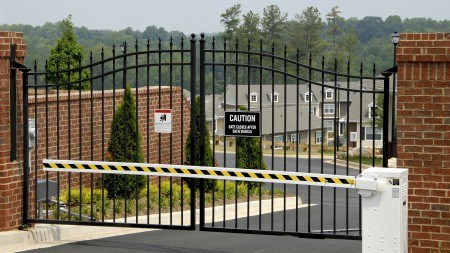Of all the problems that often occur in sectional title schemes, parking availability for each unit and their visitors are often at the top of the list.
Trustees in many cases have long battles with residents to keep usage of common property in check, says Michael Bauer, managing director of property company Saproperty.com, which provides sectional title management and estate management services to homeowners’ associations.
How much power do the trustees have?
Conduct Rule 3 of the Sectional Title Schemes Management Regulations clearly states, “The owner or occupier of a section must not, except in a case of emergency, without the written consent of the trustees, park a vehicle, allow a vehicle to stand or permit a visitor to park or stand a vehicle on any part of the common property other than a parking bay allocated to that section or a parking bay”.
However, Rule 3 (2) does make allowance for special conditions where vehicles are allowed to park in non-demarcated areas or parking bays allocated to their section, stating that “A consent under sub-rule (1) must state the period for which it is given.” This is self-explanatory, it should not be an indefinite period and the owners of the vehicle are required to adhere to the rule and remove their vehicle when told to do so or when the time is up, says Bauer.
Many households today have two vehicles per household, the problem here is, that many sectional title schemes only have space for 1 or 1.25 bays per unit and in some cases within the CBD have a parking ratio of less than 1 bay per unit – which leads to residents either having to park unlawfully in common property or pay to rent extra bays. The problem is then exacerbated if a child in the household reaches driving age and also needs space for his or her vehicle. There have been cases where any extra space is taken up by someone’s vehicle, which the trustees have then to deal with, either by fining the owner or threatening to have the vehicle towed away, he says.
See more: Dealing with noise in a sectional title scheme
Towing or clamping of vehicles is not written into the Conduct Rules, however, and if the trustees should need this written in so as to give them the power to act against transgressors, they would need to amend their rules and submit them to the Community Ombudsman Service for approval, before being allowed to do so.
Trustees in these cases would not tow or clamp the vehicles themselves, but rather enlist the services of an experienced contractor so that the vehicle is not damaged in any way, says Bauer. If towing or clamping the vehicle, it is suggested that a notice be placed in the owner’s post box or on the door to their unit, providing the contact details of the party in charge of releasing the vehicle.
As with any fining or penalty provision in the scheme’s rules, the rule (and the amount of the fine or penalty imposed) should be reasonable and proper procedures must be followed, says Bauer.
Read more: Understanding your right to common property in sectional titles




